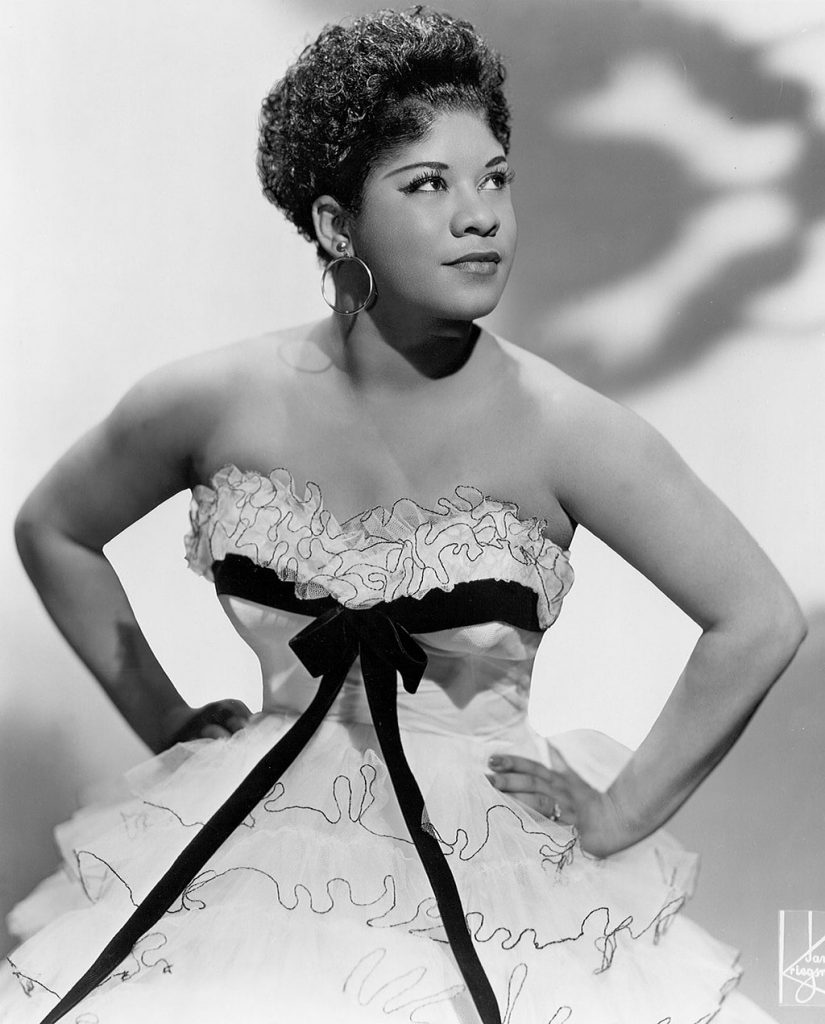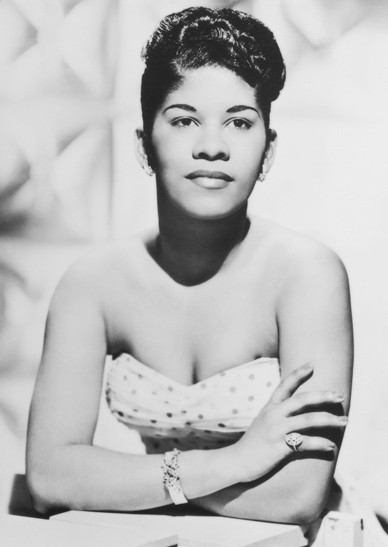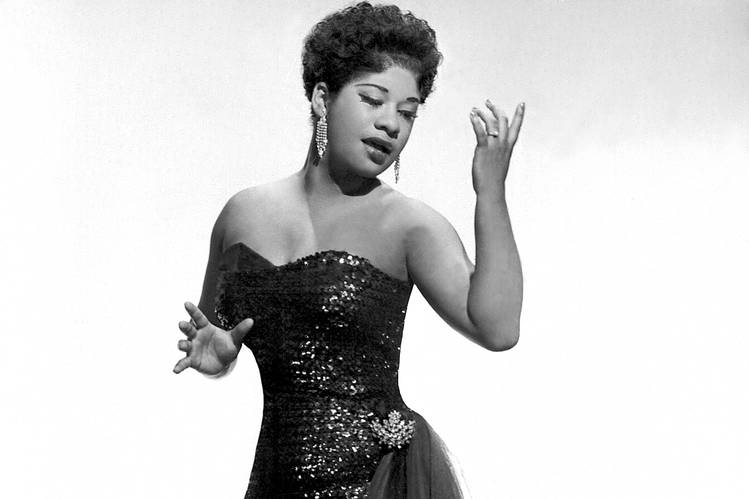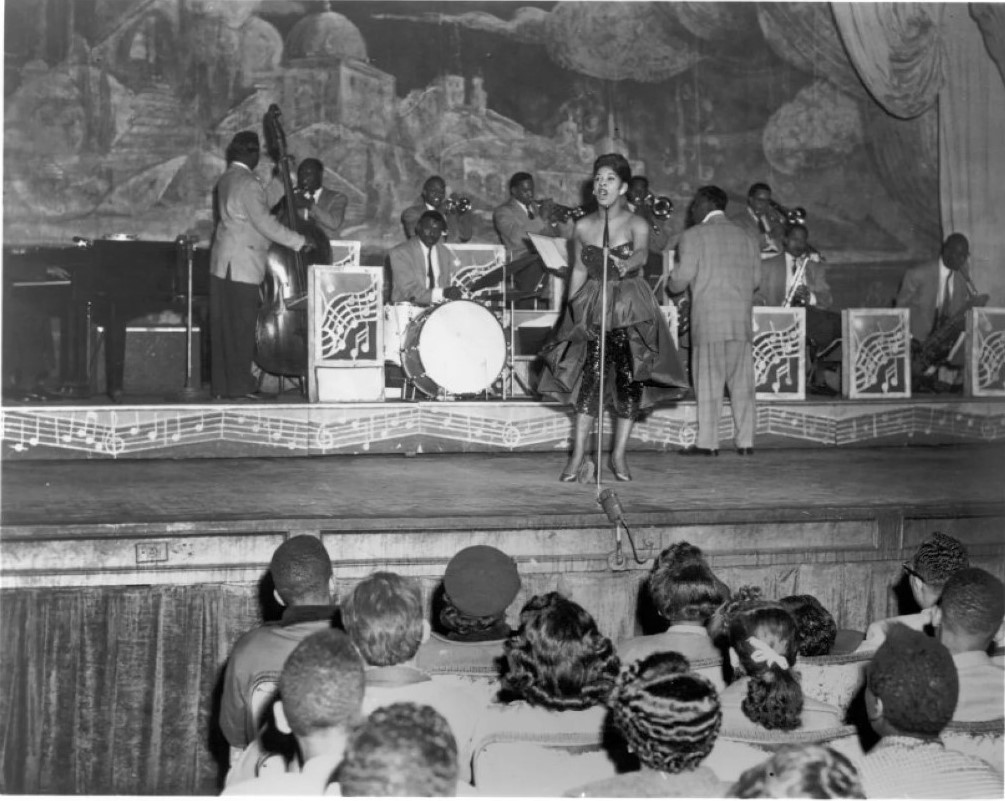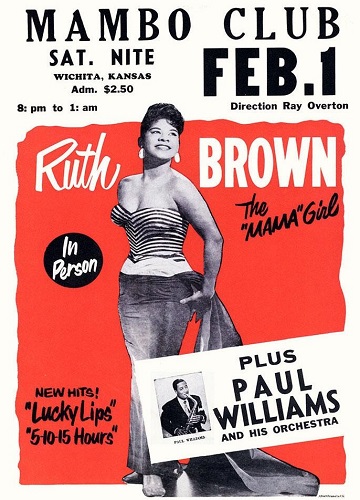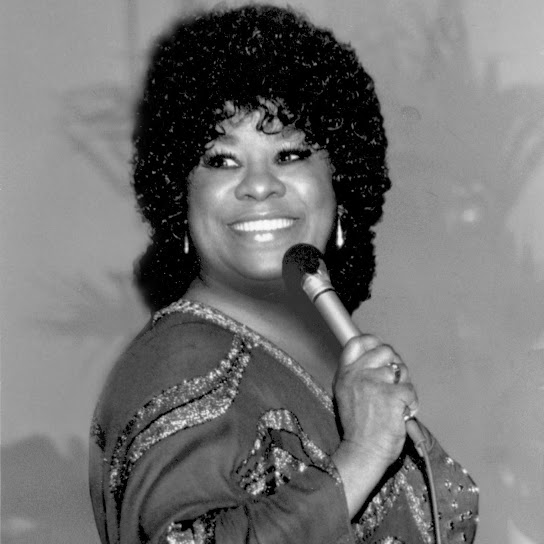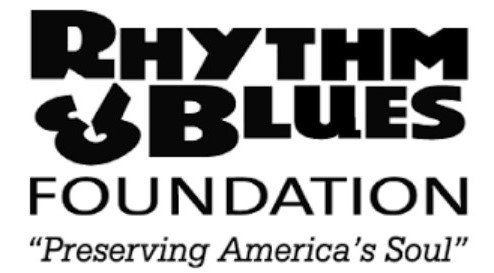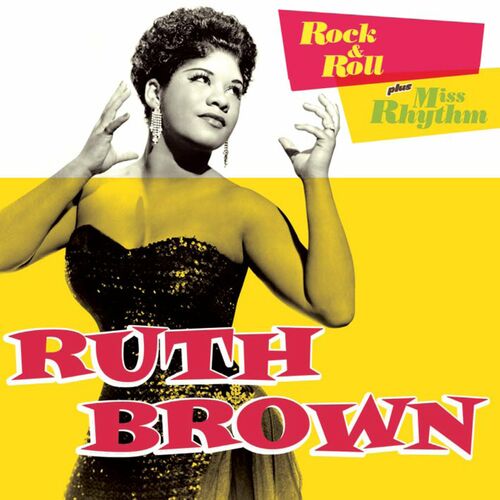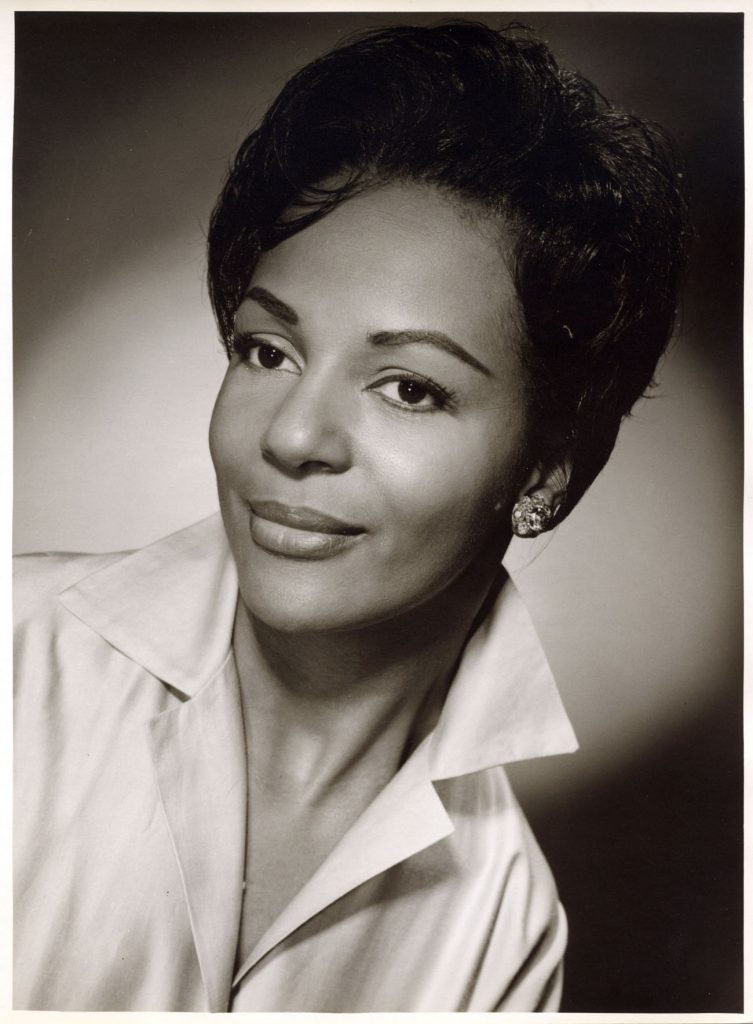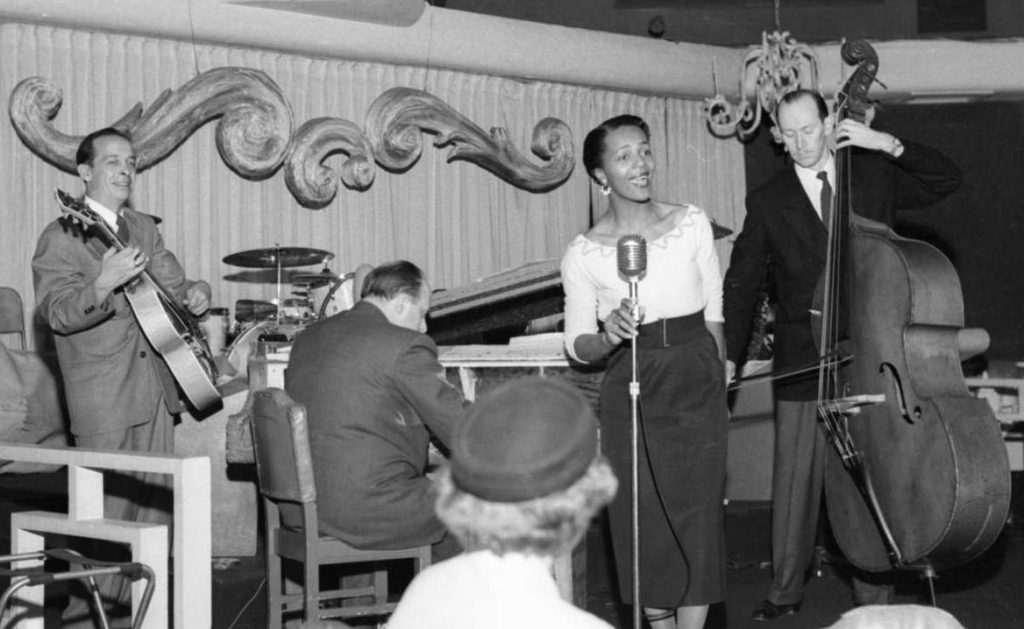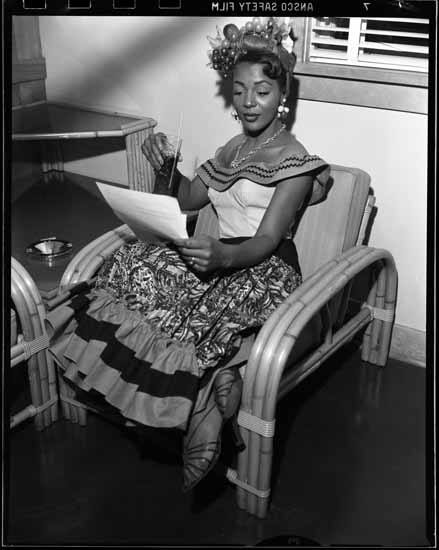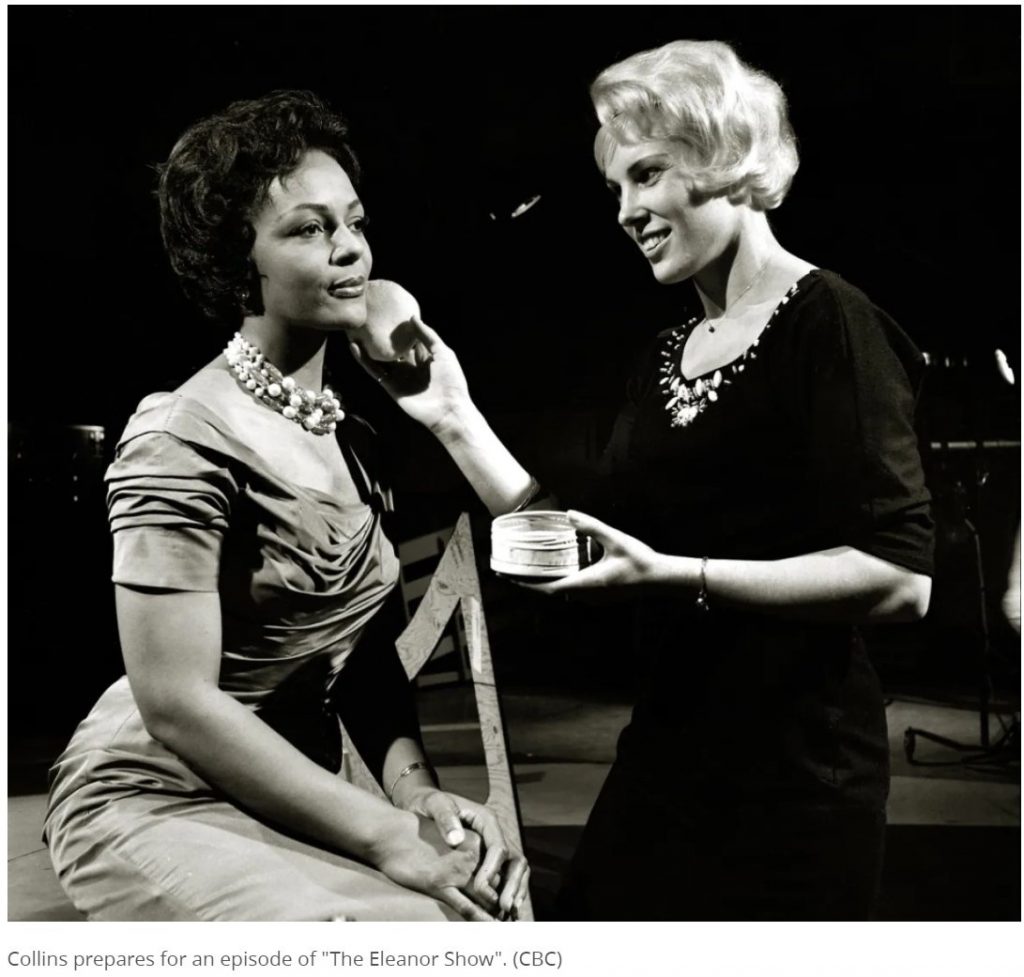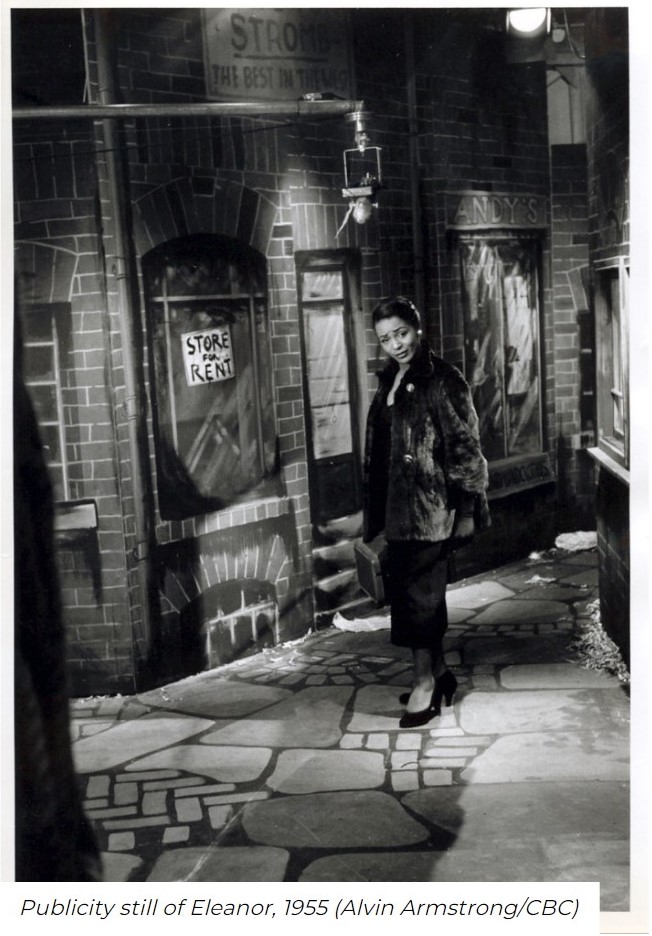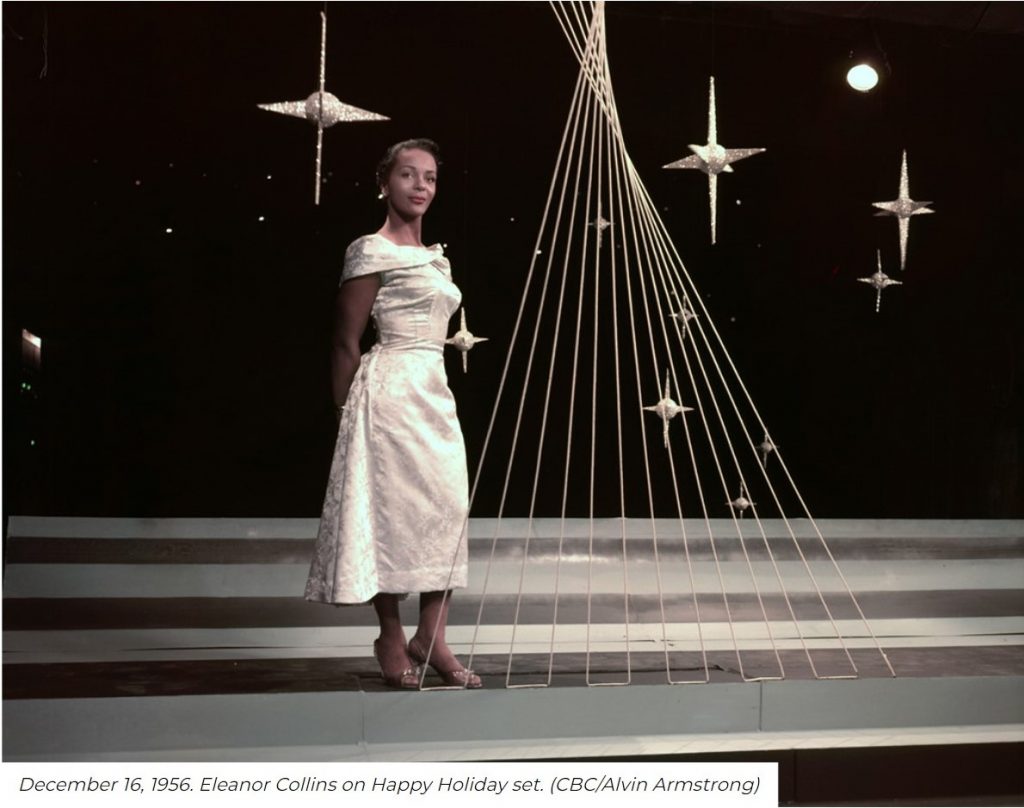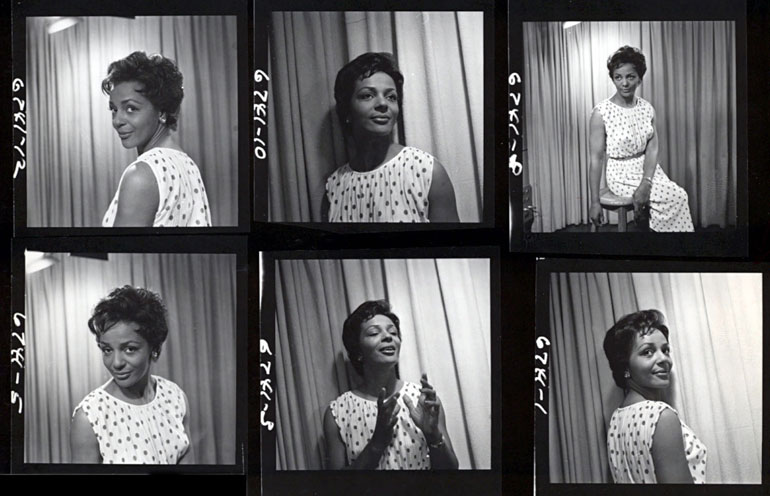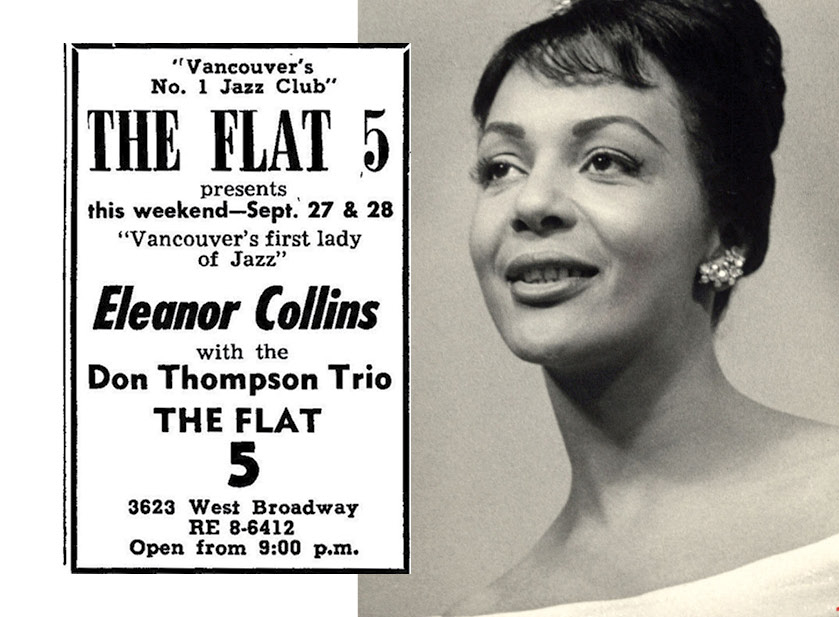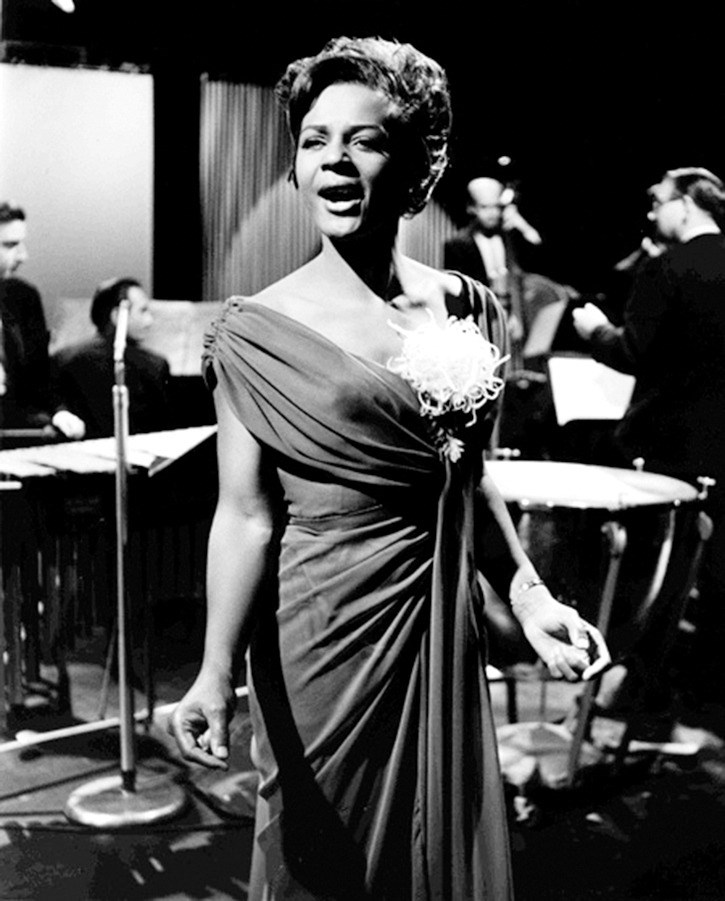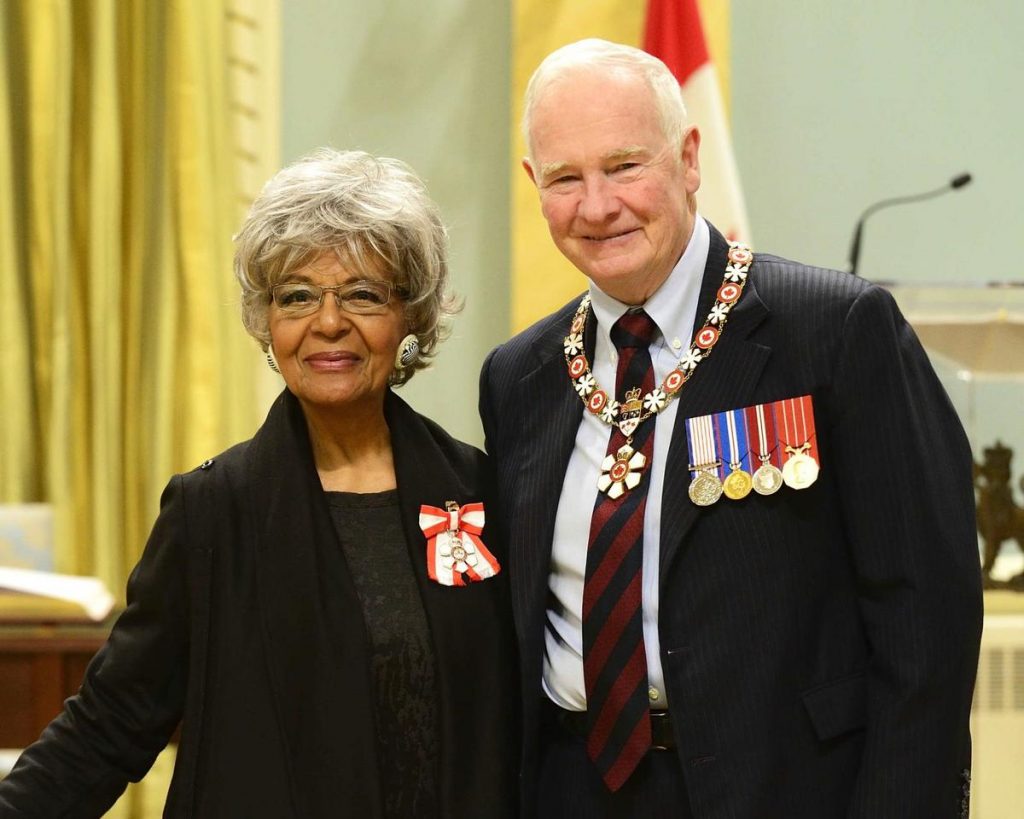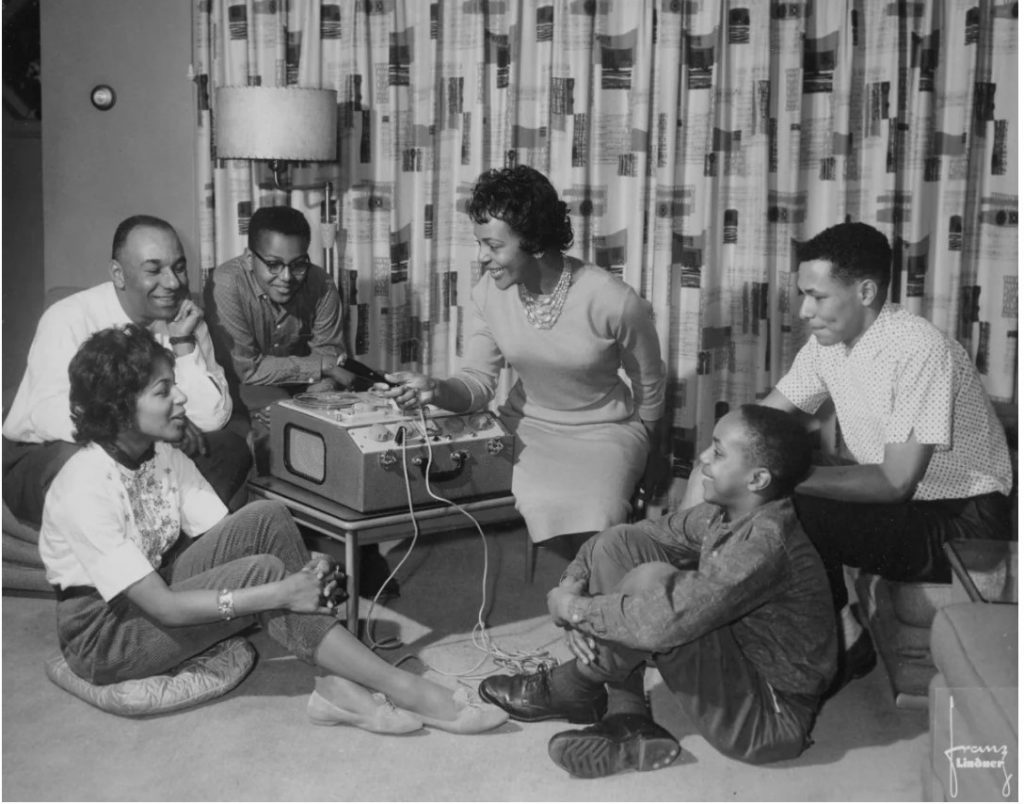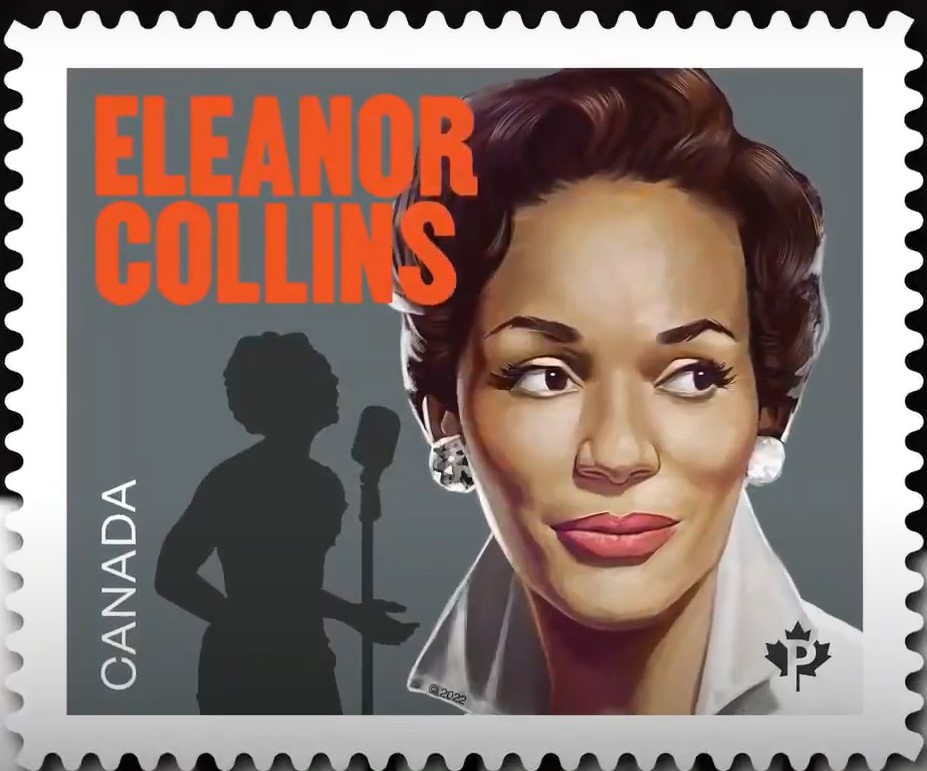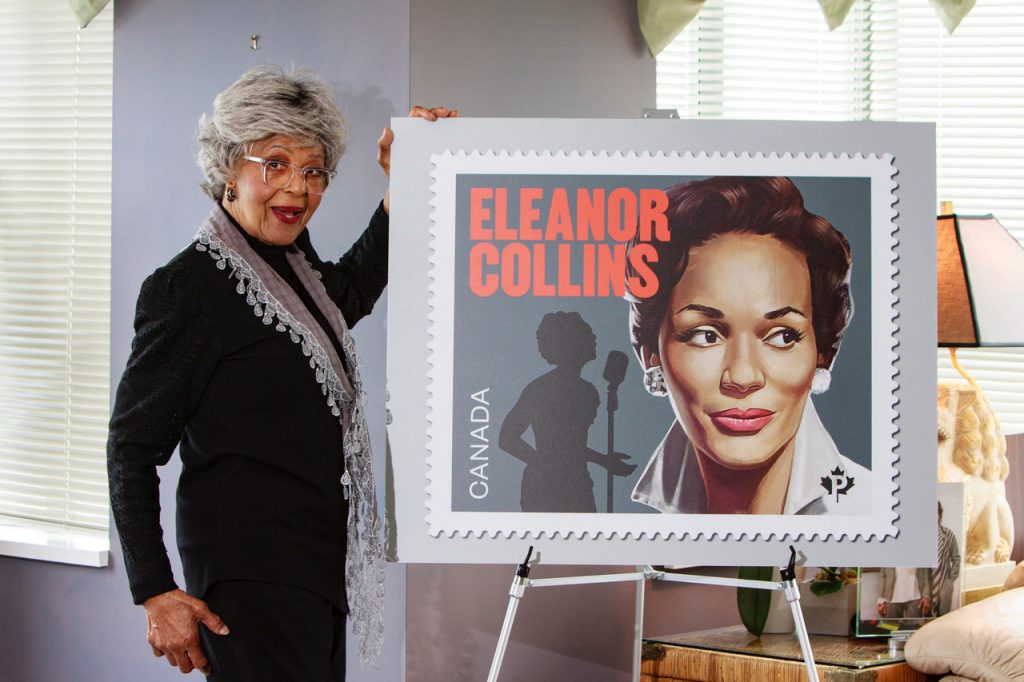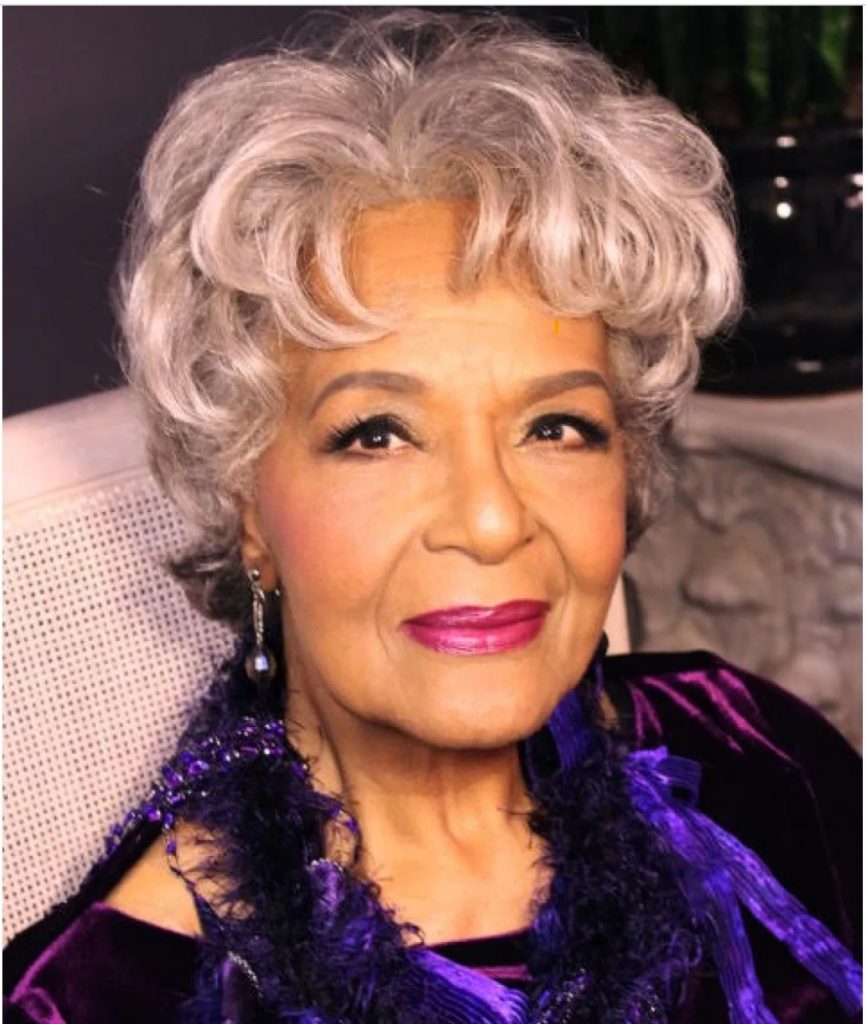One of my all time favourite singers is Ruth Brown, like I really really love Ruth. Her music from the 1950s (and beyond) is just outstanding and since it’s ‘Women’s History Month‘, I thought it would be the right time to finally do a post all about Ruth…..the legendary R&B singer who built Atlantic Records aka “The House That Ruth Built”.
Before we get into all things Ruth, we are going to start with my favourite song of all time…’Lucky Lips‘ from 1957. I could dance to this song, 50 times over in a night. It’s SO GOOD! Enjoy!
About: The song was her second hit on the US pop chart, after “(Mama) He Treats Your Daughter Mean” in 1953, reaching number 25 on the pop chart and number 6 on the Billboard R&B chart (source). (video link)
Ruth Brown’s Early Life
Ruth Alson Weston was born Jan. 12, 1928, in Portsmouth, Virginia, and was the oldest of seven children. Her introduction to music was from her father, a church choir director (and dockhand), who wanted to make sure that Brown was steered away from “the devil’s music”. This devotion to God like music was not going to last for Ruth though, who in her teens would sneak away to play at USO clubs and clubs. She was inspired initially by jazz chanteuses Sarah Vaughan, Billie Holiday, and Dinah Washington.
“No, I was a bad girl,” she says. “What saved me was my daddy worked at the shipyard and his hours changed to where he was working nights, 4 to 12. When I got out of school I would run home long enough for him to see I was in the house before he’d leave. As soon as he’d bend the corner, I’d be flying back to the USO. But it was like a Cinderella story because I always had to get back in before 12.”
–The Washington Post–
In 1945, aged 17, Brown ran away from her home in Portsmouth along with the trumpeter Jimmy Brown, whom she soon married (this is where she became ‘Ruth Brown’), to sing in bars and clubs. She then spent a month with Lucky Millinder’s Orchestra (who fired her for some silly reason) (Source).
Early Career / Discovery
The firing by the Lucky Millinder’s Orchestra, stranded Ruth in Washington where she was taken in by Blanche Calloway, sister of Cab and owner of the nearby Crystal Caverns, one of the town’s hottest nightclubs in Washington DC.
Blanche put her to work for tips when one night, Willis Conover, the future Voice of America disc jockey, caught her act with Duke Ellington and recommended her to Atlantic Records bosses Ahmet Ertegun and Herb Abramson. Soon after, Atlantic Records offered her contract (first female artist) and a debut concert at the Apollo in New York City (and a manager in Blanche).
HOWEVER……..En route to New York to sign the contract and perform at the Apollo, Brown was in a car accident that crushed her legs. She signed a contract with Atlantic in 1949 from her hospital bed. She spent months recovering and had to wear leg braces for a time afterward (source). Ruth’s husband would abandon her during this difficult time.
Atlantic Records Success
With the accident somewhat behind her (some sources said she was still in braces during early recordings), Brown releases her first recording, “So Long” in 1949. Abetted by Atlantic’s cofounder Herb Abramson and songwriter Rudy Toombs. It went to No. 4 on the R&B chart (source).
Initially, Brown recorded mainly ballads and jazz standards but her second hit, 1950’s “Teardrops From My Eyes,” marked a firm turn in her style toward the “hot” rhythmic style for which she became famous (source).
The song went to No. 1 for 11 weeks and it went on to became her signature song. Soon she was known as “the girl with the tear in her voice,” a reference to the “squeak” she made on her high notes, as if her voice was breaking with emotion (source).
The Crooner Frankie Laine christened her “Miss Rhythm” in 1951 after this huge hit.
Source: Discogs
Video: “Teardrops From My Eyes”. Live 1954 Performance from a Rhythm & Blues Revue.
She followed up this hit with “I’ll Wait for You” (1951), “I Know” (1951), “5-10-15 Hours” (1953), “(Mama) He Treats Your Daughter Mean” (1953), “Oh What a Dream” (1954), “Mambo Baby” (1954), and “Don’t Deceive Me” (1960), some of which were credited to Ruth Brown and the Rhythm Makers.
Video: Ruth Brown – “Hey Mama, He Treats Your Daughter Mean” (Live) (video link)
Between 1949 and 1955, her records stayed on the R&B chart for a total of 149 weeks; she would go on to score 21 Top 10 hits all together, including five that landed at number one. Brown ranked No. 1 on The Billboard 1954 Disk Jockey Poll for Favorite R&B Artists (source).
She toured ceaselessly throughout the South, and her popularity was surely helped by her vibrant stage presence. Her big eyes, expressive body language and joyful smile. Atlantic soon became known as “The House that Ruth Built.” due to the big earnings this young label was now bringing in (source).
Her first pop hit came with “Lucky Lips” (my favourite), a song written by Jerry Leiber and Mike Stoller and was recorded in 1957. The single reached number 6 on the R&B chart and number 25 on the U.S. pop chart. The 1958 follow-up was “This Little Girl’s Gone Rockin“, written by Bobby Darin and Mann Curtis. It reached number 7 on the R&B chart and number 24 on the pop chart.
She had further hits with “I Don’t Know” in 1959 and “Don’t Deceive Me” in 1960, which were more successful on the R&B chart than on the pop chart (source).
End of a Historic Relationship
Ruth may have built Atlantic Records, but Atlantic didn’t pass the wealth on down to Brown. She was required to pay for touring and recording costs out of pocket (Labels not only scrimped on Black artists’ fees, but also charged them unaccounted “production costs”, which were held against payments for their reissued material (source)). When Atlantic ended their professional relationship in the early 1960s, Brown had no savings to fall back on. She moved to Long Island, New York, and spent a decade and a half working a series of low-paying jobs, often as a single mother. Her recordings fell into obscurity (source).
1970’s Resurgence
She returned to music in 1975 at the urging of the comedian Redd Foxx, followed by a series of comedic acting jobs. This launched her career in TV, film, and stage. Roles included playing, DJ Motormouth Maybelle in John Waters’ 1988 Hairspray…..
A Tony-Award winning performance in ‘Black And Blue‘ (a musical revue celebrating the Black culture of dance and music in Paris between World War I and World War II).
Video: Ruth Brown wins 1989 Tony Award for Best Actress in a Musical (video link).
and a Grammy-winning 1990 album, ‘Blues on Broadway’ (best jazz vocal performance, female).
Ruth Brown was also inducted into the Rock & Roll Hall of Fame in 1993.
Video: Ruth Brown accepts Hall of Fame Award at the 1993 Inductions (video link).
Ruth Gets the Last Laugh
Brown then used her new fame to leverage Atlantic Records into paying back her royalties. Supported by the Rev Jesse Jackson, they persuaded Atlantic and its owner Warner Communications to change the system (more details below).
Brown received $20,000 and was forgiven all “debts”. The royalty payments system was then reformed to favour pioneering artists, and other labels followed, including the conglomerate MCA. Atlantic also agreed to contribute $1.5m to launch the Rhythm & Blues Foundation—a non-profit organization dedicated to providing financial and medical assistance to musicians as well as educational outreach and other efforts to preserve the cultural legacy of rhythm and blues (source).
More Ruth Brown Successes
- She is also the reason that R&B music had a pop music style to it’s sound during the 1950s.
- She hosted the radio program Blues Stage, carried by more than 200 NPR affiliates, for six years, starting in 1989
- 1989: Rhythm & Blues Foundation Pioneer Award
- Inducted into the Oklahoma Jazz Hall of Fame in 1992
- Her 1995 autobiography, “Miss Rhythm”, won the Gleason Award for music journalism.
- Toured with Bonnie Raitt in the late 1990s.
- Nominated for another Grammy in the Traditional Blues category for her 1997 album, R + B = Ruth Brown
- 2016: Grammy Lifetime Achievement Award
- 2017: Inducted into National Rhythm & Blues Hall of Fame (source)
Ruth passed away November 17th, 2006.
Final Words
Brown was a musical pioneer — so why is her early R&B work not better known? NPR, said it best….
Much of this has to do with the racial and genre segregation and sexist double-standards of the music industry. Before Billboard renamed its “Rhythm and Blues” chart, its name, “Race Music,” denoted songs by and for Black people. So while today, Brown’s music might sound indistinguishable from early rock ‘n’ roll, white audiences of her era didn’t see it that way. Brown even said herself that R&B became rock ‘n’ roll “when the white kids started to dance to it.” And while Brown’s singles repeatedly hit the top of the R&B charts, they rarely crossed over onto the pop chart — but when white performers covered her songs, they often scored the pop chart successes in her stead. Patti Page’s version of “What A Dream,” for example, made it to No. 10 on the pop charts, while Brown’s version, though it reached No. 1 in R&B, never made a mark elsewhere on the charts. The early stars of rock ‘n’ roll, too, were all men. It wasn’t until 1962 that a solo black woman artist — Motown’s Mary Wells — would break into the Billboard top ten with a recognizably rock ‘n’ roll tune.
In some ways, it seems that Brown’s later career — more focused on blues, jazz and show tunes — has eclipsed her early career. But those chart-topping contributions to the canon of American popular music should not be forgotten. With her backbeat-heavy sound and saucy vocal style, the fabulous Miss Rhythm broke new ground as a truly exceptional artist.
NPR-Forebears: Ruth Brown, The Fabulous Miss Rhythm
Source: Deezer
Well readers, I really hope you enjoyed learning all about Ruth Brown. I loved putting this post together and learning a lot of new things about my favourite artist.
Please share any thoughts on this topic in the comments section below. I love hearing from my readers.
Further Reading: Vintage Women’s History Archived Blog Posts 1920s-1960s
Thanks for dropping by!
Liz

